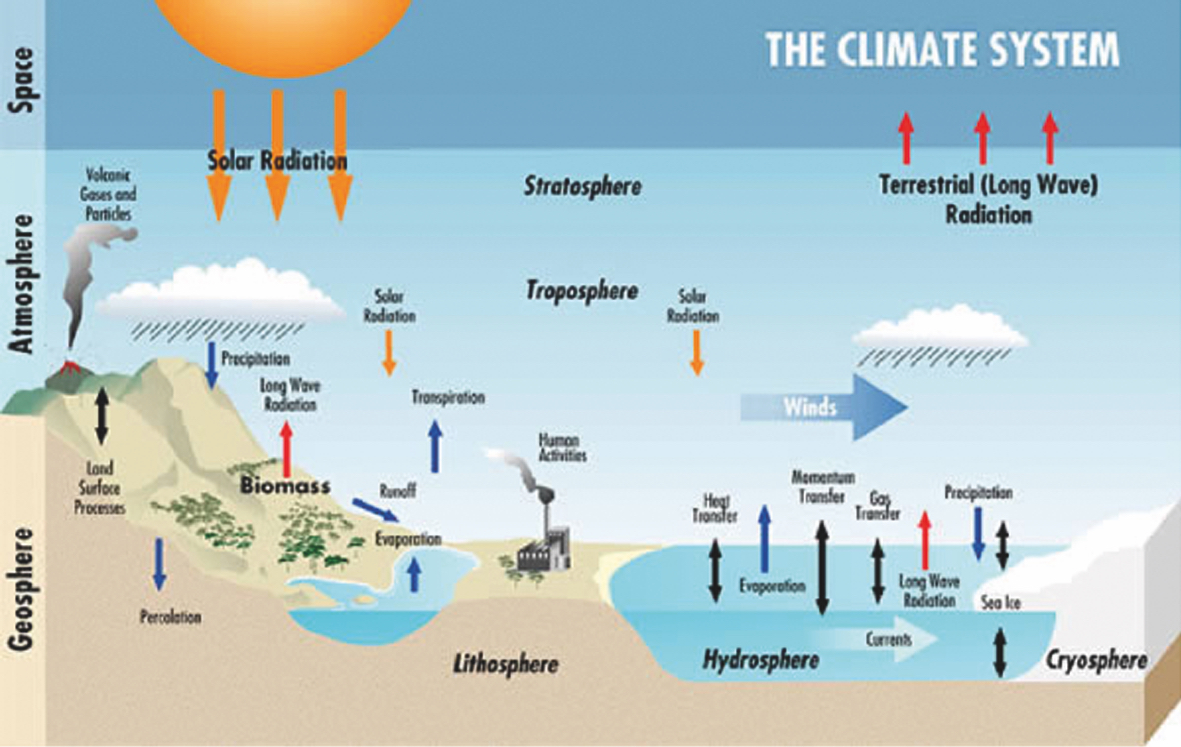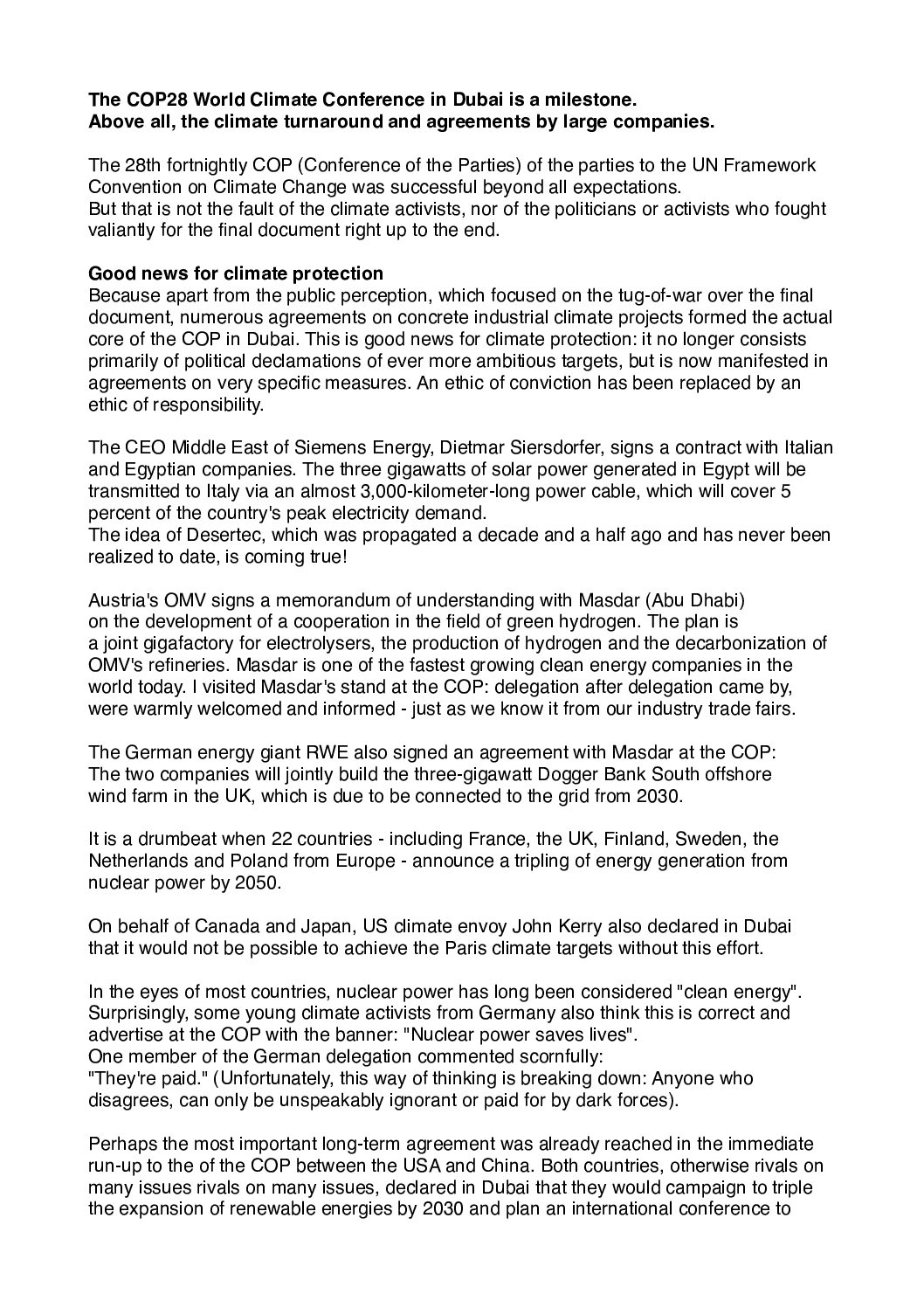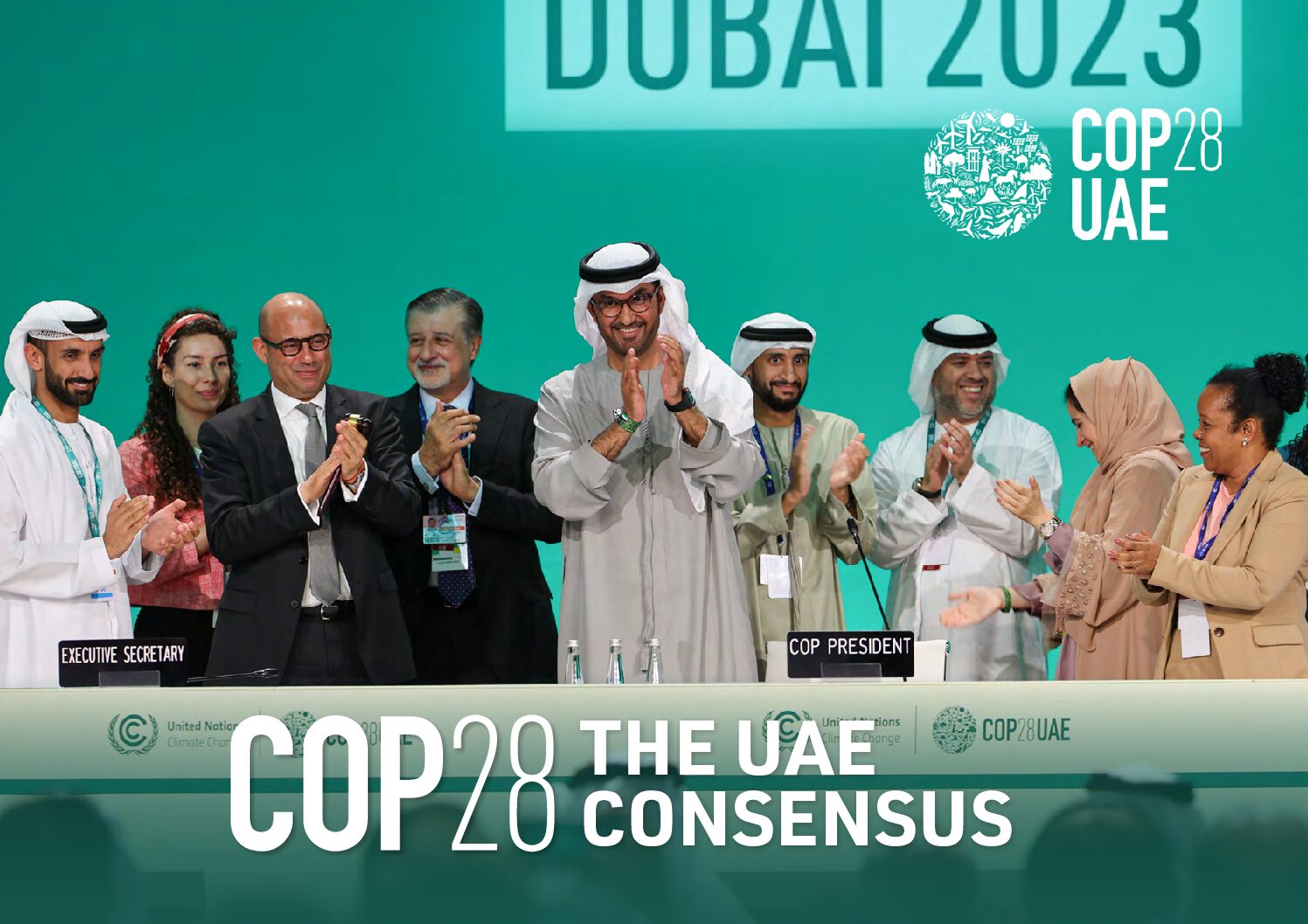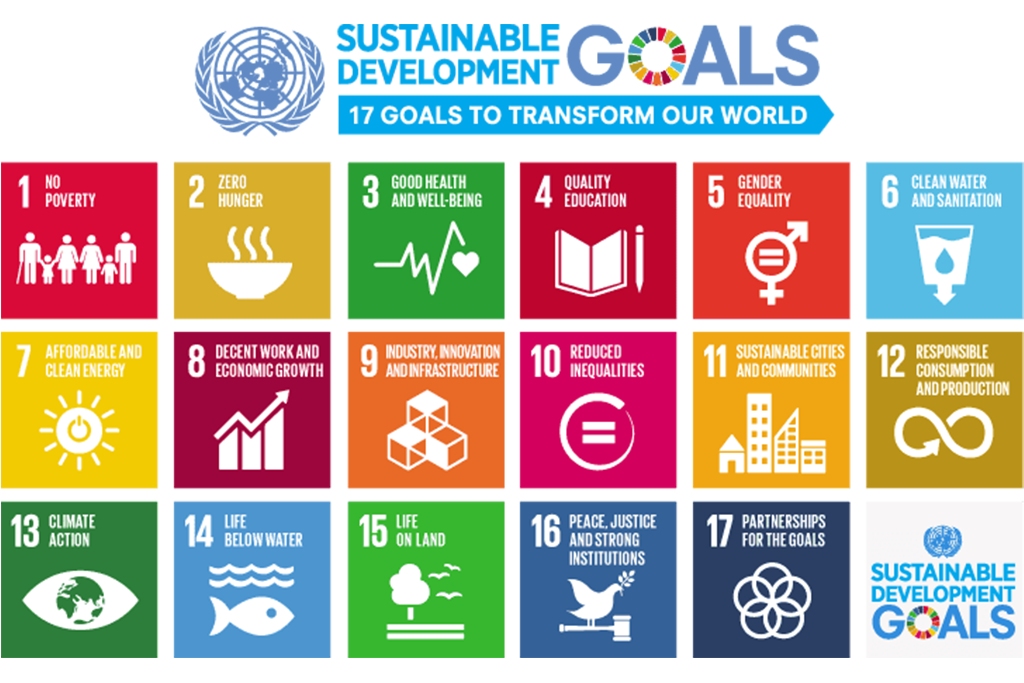CLIMATE PROJECTS
Climate Change
(Excerpt from book GAIA LEGACY)
In just 200 years of industrialization, mankind has had a greater impact on the earth than anyone or anything else before, right up into the atmosphere and deep into the electromagnetic grids.
The facts from the 4 environmental pollution circles (water, soil, air and climate pollution) are as terrible as the conclusion: the Earth’s microcosm and macrocosm have been thrown out of balance by mankind! In addition to global environmental destruction, this has led to the decisive acceleration of climate change. But what does this word actually mean? Environmental pollution is intensifying climate warming, the poles and glaciers are melting and sea levels are rising, which will ultimately lead to climate cooling. The whole world is getting a few degrees colder, which will have even more devastating consequences than global warming. But let’s take one thing at a time.
Global warming
The dangerous thing at present is the rapid rise in the average temperature of the atmosphere close to the earth. Between 1906 and 2004, the air temperature near the ground only increased by 0.74 °C. However, the last decade was by far the warmest ever recorded, with a temperature increase of 0.36 °C. According to scientific projections, average temperatures will increase by a further 2 °C by 2030. And according to the climate report, the temperature will rise by 4.8 – 6.4 °C by 2100 (depending on the source and on future greenhouse gas emissions and the reaction of the climate system = climate sensitivity). However, an increase of just 2 °C will lead to dramatic developments around the globe.
There are 3 main causes for this dramatic rise in temperature, with humans coming „only“ in third place:
3. Global warming due to Human influences
The third strongest influence is mankind, through its destruction of the environment with the 4 mentioned pollution circles around the globe, which make us ill in many ways.
The man-made greenhouse effect was created at the beginning of the 20th century, primarily through the burning of fossil fuels such as coal, gas and oil. This causes the greenhouse gas carbon dioxide (CO2) and other toxic gases such as methane and nitrous oxide to accumulate in the atmosphere. These change the radiative forcing of the atmosphere and cause less heat radiation to be emitted from the earth’s surface back into space. This dramatic development is further exacerbated by global marine pollution (especially plastic, as the sea no longer cools the earth), deforestation and slash-and-burn agriculture, as well as agriculture and livestock farming, which produce more CO2 than all traffic.
This is why laws and climate protocols are now being put in place to try and reduce global warming to 2% by 2100. However, this so-called two-degree climate target by the critical climate limit, which is being pursued by around 100 countries, is almost impossible to achieve as the international community is unable to reach an agreement. Climate researchers warn that emissions restrictions are the only option, but the USA, China and Russia in particular are not responding and are blocking swift legislation and measures.
2. Global warming due to Solar heating and Solar storms
The second biggest influence on global warming is the temperature of the sun, as the latest scientific studies have shown. Through its cyclical movements of light and heat, its solar storms and also through its influence on magnetic fields and cloud formation.
The sunspots responsible for the solar storms are determined by the „mean sunspot number“, which since 1940 has been higher than at any time in the past thousand years, and two and a half times higher than the long-term average. In the last decade, solar storms reached their highest activity according to NASA, which has to do with galactic conjunction, which we will come back to in a moment. The solar surface visible to humans is the photosphere, a 300 to 400 km thick layer whose temperature at the surface is around 5,500 °C, but which cannot „radiate“. The almost invisible chromosphere extends above the photosphere, and its temperature rises to almost 10,000 °C. Solar radiation, shock waves and other interactions heat the diluted coronal matter to incredible temperatures of up to 2 million °C. These influences have also accelerated global warming from space over the last 10 years and caused increasingly frequent massive disruptions to our power grids due to electromagnetic deflections. This is because the interior of the sun acts like a gigantic dynamo that converts the kinetic energy of an electrical conductor into electrical energy and a magnetic field.
These cycles and developments could warm the Earth by a further 0.4 to 1.3 degrees by the end of 2024, as 99.9% of the total energy contribution to the Earth’s climate comes from the sun and only the small remainder from geothermal heat sources on our planet.
The explanation for the transfer of heat from the sun to the earth was provided by the light particles of photons and neutrinos, which were only discovered in the 20th century. In the vacuum of space, photons travel through space and matter at the speed of light. The density inside the sun is so high that the photons there repeatedly collide with the particles of the plasma, where they are absorbed and then released again at a higher temperature.
Unlike photons, neutrinos pass through the layers of the sun almost unhindered, as they do not interact with matter. These neutrinos reach the earth at almost the speed of light after just 8 minutes, and they also pass through our planet almost unhindered. Every second, around 70 billion neutrinos pass through every square centimeter of the Earth’s surface.
1. Global warming due to Galactic cycles
The greatest influence on global warming, however, is the astronomical orbit of our solar system and the galactic conjunction that occurs every 26,000 years. This also forms the basis for the four cycle calendars of the Maya, the Vedas, astrology and the Great Pyramid in Giza, which end and begin anew in this decade. These outer cycles bring our solar system closer to the central sun of our galaxy, which raises the sun’s temperature and the earth’s temperature even more. And with each galactic conjunction comes the photon ring, which has a similar effect to the photon transfer between the Sun and Earth that we just looked at. The galactic conjunction and the photon ring – which occur in cycles of 26,000 years – mark the turning points of the Time of Turning.
Climate cooling
Climate cooling due to ice melt
The most direct and extreme consequences of advanced global warming are the melting of the poles and glaciers, as this will cause sea levels to rise continuously, leading to changes in precipitation cycles and weather extremes, as well as flooding around the world. This massive and rapid global warming will cause the poles and glaciers to melt almost completely over the next 80 years, which will cool the Gulf Stream and thus the earth’s temperature itself by 3-5 °C. This in turn will lead to a „small ice age“. This in turn will lead to a „little ice age“, like the one in the Middle Ages in the 16th century, when around half of all harvests failed. This also means that by the end of this century, some countries on the coasts of today’s continents will already be submerged or will have lost massive amounts of land, e.g. the island states in the Pacific, India and Bangladesh. But countries in Europe will also be affected, e.g. Holland. The consequences for future life on earth cannot be estimated.
Glacier melt
Since 1960, a significant decline in glaciers has been observed worldwide, which is referred to as glacier melt or glacier shrinkage. The Alpine glaciers alone have shrunk by around 35% in the past 50 years. A WWF report found that 67% of all glaciers in the Himalayas are also melting and that some areas there are warming five times faster than the global average. In addition to the increase in greenhouse gas concentrations, this is also caused by large quantities of soot and other particles produced by the burning of fossil fuels in China. These particles absorb solar radiation, causing the air layer to heat up and rise. This further accelerates the retreat of the glaciers on the „roof of the world“.
Poles melt
The Arctic’s ice surface began to shrink in 1980 and since then the extent of the ice cover has decreased by around 8 % every decade, i.e. by around 1/4 in 30 years. The Arctic area, which is still covered by snow at higher altitudes in spring, has also decreased by around 18% over these three decades. And in 2012, scientists proved that the Arctic is now also melting from below. The warming around the North Pole is therefore more than twice as strong as the global average. While the Earth has warmed by 0.7 °C since the Industrial Revolution, it has become almost 2 °C warmer in the Arctic. As a result, the melting of the poles has accelerated, so that in less than 10 years an area of ice the size of Western Europe has disappeared.
For comparison, I’ll add a link to the UN United Nations‘ explanation of climate change. They focus on greenhouse gases and CO2 (which all living creatures also need to live), but leave out the greater warming caused by the sun and galactic cycles.
UN – What is Climate Change?
The following are the contributions to the current climate conferences as well as our contributions from the Wisdom Keepers.
COP 28 DUBAI
The goals of the annual climate conference were:
UNITE – ACT – DELIVER
We shared and defended the knowledge of our own research and the knowledge of the Original Nations as well as the proposed solutions with the Wisdom Keeper delegation at COP28 in Dubai in November 2023. And this was our Policy document.
Our Report from
COP 28 DUBAI
I only recently found Prof. Friedbert Pflüger around COP28 in Dubai. He too is a truly remarkable man and, like the other scientists, a visionary and bridge builder based on neutral information that he has largely developed himself over the last 40 years. This report in the Swiss newspaper WELTWOCHE brought him to my attention, because our view largely coincides.
And this is the > Report on the successes of the COP in Dubai.
I have only omitted a few sentences or changed them slightly…
The final report
This is the official final report of the COP Presidium,
the so-called CONSENSUS with the results and measures.
The 17 SDGgoals
of the United Nations for sustainable development
The 17 Sustainable Development Goals are a call to all countries – poor, rich and middle-income countries – to take action to promote prosperity while protecting the planet. They recognize that overcoming poverty must go hand in hand with strategies that promote economic growth and address a range of social needs such as education, health, social protection and employment opportunities, while tackling climate change and environmental protection.





